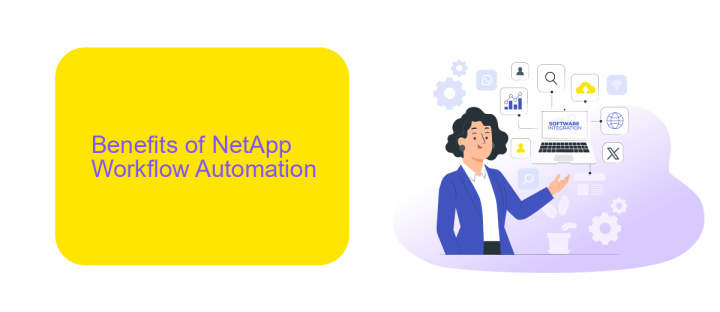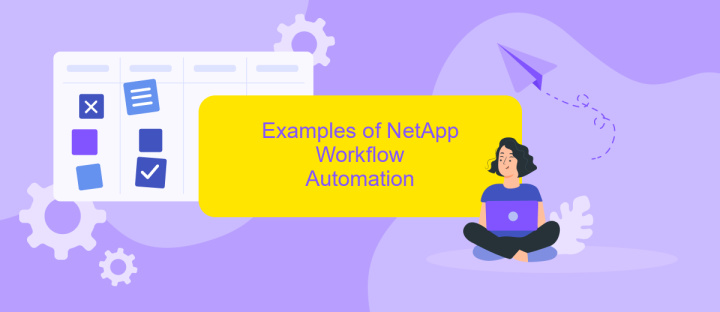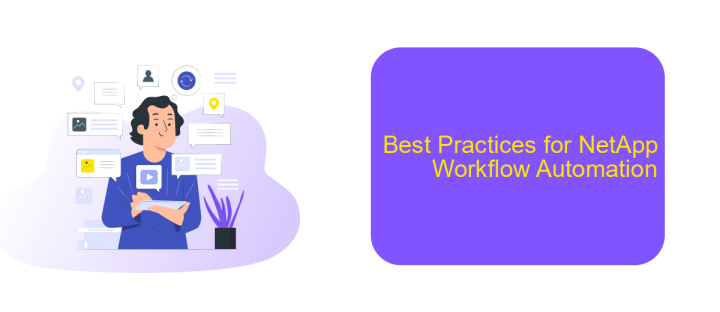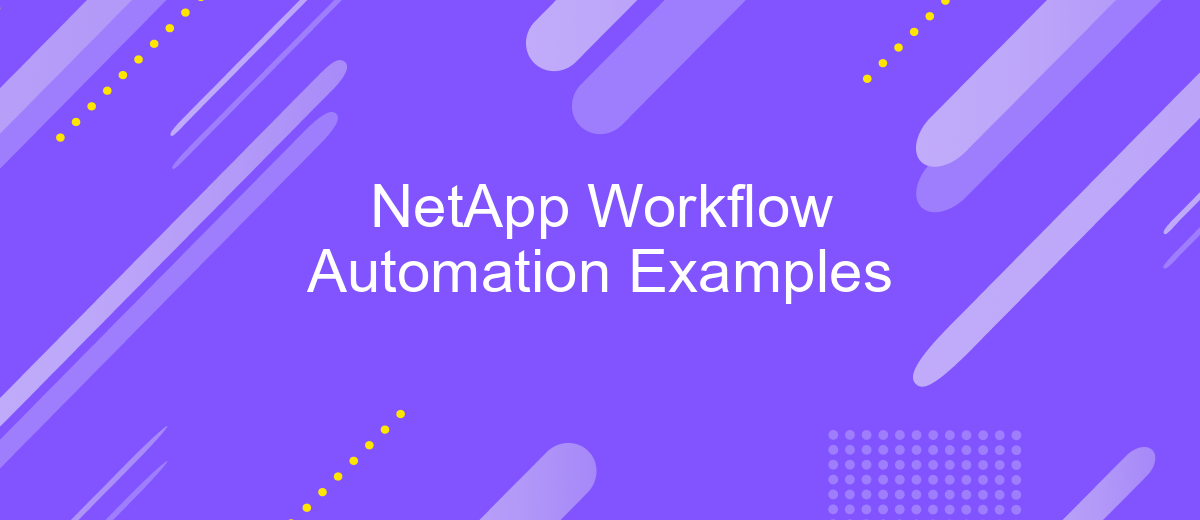NetApp Workflow Automation Examples
In today's fast-paced digital landscape, efficient data management is crucial for business success. NetApp Workflow Automation (WFA) offers powerful tools to streamline and automate complex IT tasks, enhancing productivity and reducing human error. This article explores various real-world examples of how organizations leverage NetApp's WFA to optimize their operations, ensuring seamless and reliable data workflows.
Introduction
NetApp Workflow Automation (WFA) is an essential tool for streamlining and optimizing IT processes within an organization. By automating repetitive tasks, WFA helps reduce human error, improve efficiency, and free up valuable time for IT professionals to focus on more strategic initiatives. This introduction will explore various examples of NetApp Workflow Automation, demonstrating how it can transform your IT operations.
- Automated storage provisioning
- Data backup and recovery
- Resource allocation and management
- Integration with third-party services like ApiX-Drive for enhanced workflow capabilities
Implementing NetApp Workflow Automation can significantly boost operational efficiency and ensure consistency across your IT infrastructure. Whether it's automating storage tasks or integrating with external services like ApiX-Drive to streamline data flow between applications, WFA offers versatile solutions to meet the unique needs of your organization. As we delve into specific examples, you'll discover how these automated workflows can enhance productivity and reliability in your IT environment.
Benefits of NetApp Workflow Automation

NetApp Workflow Automation offers significant advantages for businesses looking to streamline their IT operations. By automating repetitive tasks, it reduces the likelihood of human error and ensures consistency across processes. This leads to increased efficiency and allows IT teams to focus on more strategic initiatives rather than getting bogged down by routine tasks. Moreover, automation can lead to faster response times and improved service delivery, enhancing overall operational performance.
Another key benefit is the seamless integration capabilities that NetApp Workflow Automation provides. By leveraging services like ApiX-Drive, businesses can easily connect their NetApp solutions with various third-party applications, enabling a more cohesive and efficient workflow. This integration not only simplifies data management but also facilitates real-time data synchronization across platforms, ensuring that all systems are up-to-date. As a result, companies can achieve better data accuracy, improved decision-making, and a more agile IT environment.
Examples of NetApp Workflow Automation

NetApp Workflow Automation (WFA) simplifies the process of managing and automating storage tasks, enhancing productivity and reducing human error. Below are some practical examples of how WFA can be utilized:
- Automated Provisioning: Automatically provision storage resources based on predefined templates, ensuring consistent and error-free deployments.
- Data Migration: Streamline the migration of data between different storage systems or environments, minimizing downtime and manual intervention.
- Backup and Recovery: Automate backup and recovery processes to ensure data integrity and quick restoration in case of data loss.
- Resource Optimization: Monitor and optimize storage resources automatically, reallocating space and balancing loads as needed.
- Integration with ApiX-Drive: Use ApiX-Drive to integrate NetApp WFA with other business applications, facilitating seamless data flow and enhancing overall workflow efficiency.
These examples demonstrate the versatility and efficiency of NetApp Workflow Automation in managing complex storage environments. By leveraging automation, organizations can achieve higher operational efficiency, reduced costs, and improved data management practices.
Best Practices for NetApp Workflow Automation

Implementing best practices in NetApp workflow automation can significantly enhance efficiency and reliability. Start by clearly defining your objectives and understanding the specific needs of your organization. This will help you tailor the automation processes to achieve optimal results.
Next, ensure that your workflows are well-documented and standardized. This makes it easier to manage and troubleshoot any issues that may arise. Consistent documentation also facilitates better collaboration among team members and provides a clear reference for future improvements.
- Use version control to manage changes in your workflows.
- Regularly test and validate your automated processes.
- Leverage integration tools like ApiX-Drive to streamline data flow between different systems.
- Monitor performance metrics to identify areas for optimization.
Finally, invest in continuous learning and training for your team. Keeping up-to-date with the latest trends and technologies in workflow automation can provide new insights and techniques to further enhance your NetApp environment. Regular training sessions can also ensure that your team is proficient in using the tools and processes you have in place.
Conclusion
In conclusion, NetApp Workflow Automation provides a robust framework for streamlining and optimizing your IT operations. By leveraging automation, organizations can significantly reduce manual intervention, minimize errors, and enhance overall efficiency. The examples discussed illustrate how versatile and powerful these workflows can be, whether it's for data management, backup processes, or system monitoring.
Moreover, integrating NetApp Workflow Automation with services like ApiX-Drive can further enhance its capabilities. ApiX-Drive enables seamless integration with various applications and services, making it easier to automate complex workflows across different platforms. This not only saves time but also ensures a more cohesive and efficient IT environment. As technology continues to evolve, embracing automation tools like NetApp Workflow Automation and ApiX-Drive will be crucial for maintaining a competitive edge and achieving operational excellence.
- Automate the work of an online store or landing
- Empower through integration
- Don't spend money on programmers and integrators
- Save time by automating routine tasks
FAQ
What is NetApp Workflow Automation (WFA)?
Can I create custom workflows in NetApp WFA?
What are some common use cases for NetApp WFA?
How can I integrate NetApp WFA with other systems?
Is it possible to schedule workflows in NetApp WFA?
Apix-Drive is a universal tool that will quickly streamline any workflow, freeing you from routine and possible financial losses. Try ApiX-Drive in action and see how useful it is for you personally. In the meantime, when you are setting up connections between systems, think about where you are investing your free time, because now you will have much more of it.


